winnie chu, “A Burst of Subglacial Water Cracked the Greenland Ice Sheet”


winnie chu, “A Burst of Subglacial Water Cracked the Greenland Ice Sheet”
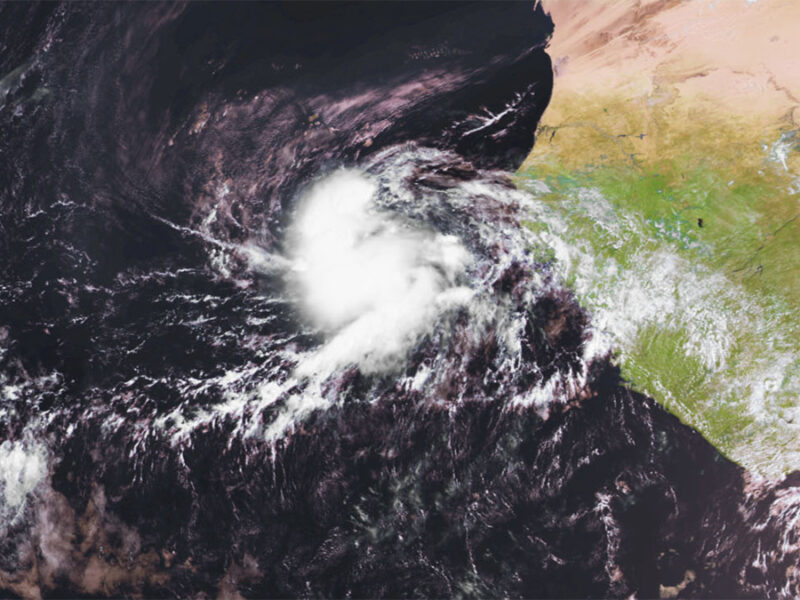
Intensified hurricane precursors may linger longer over the continent, worsening extreme flooding hazards.
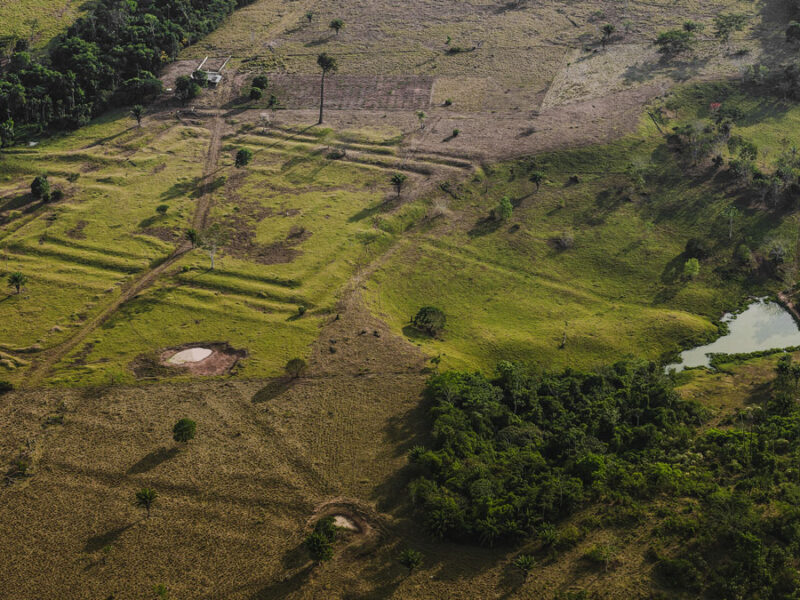
Portions of the forest managed by pre-Columbian populations hold higher biomass and are more able to withstand climate change.
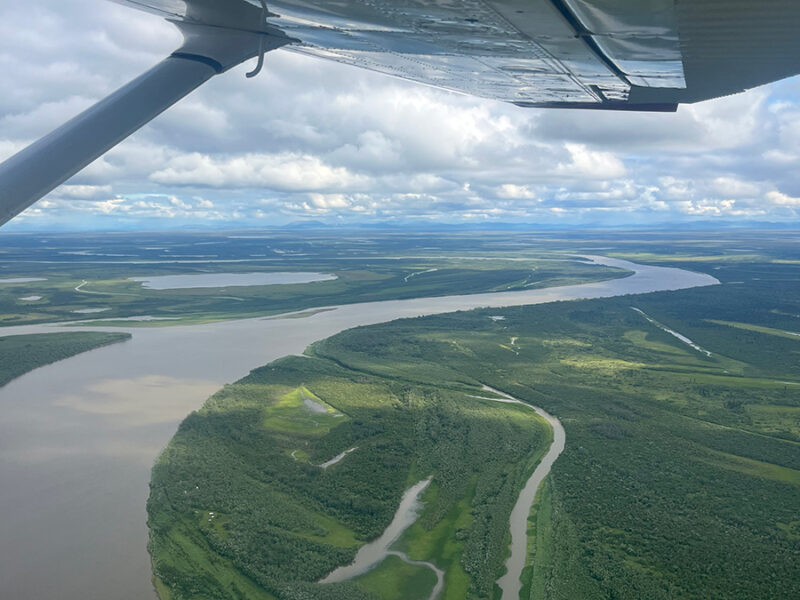
End users, such as Indigenous community members developing climate adaptation efforts, make better use of climate models when researchers collaborate with them from the start.

The 20th annual Arctic Report Card reveals new highs in temperature and new lows in sea ice, as well as an uncertain outlook for the availability of federal data.

Socioeconomic factors drive how much extreme heat public transit users in Chicago, NYC, and Washington, D.C., experience as they walk to and from metro stations.
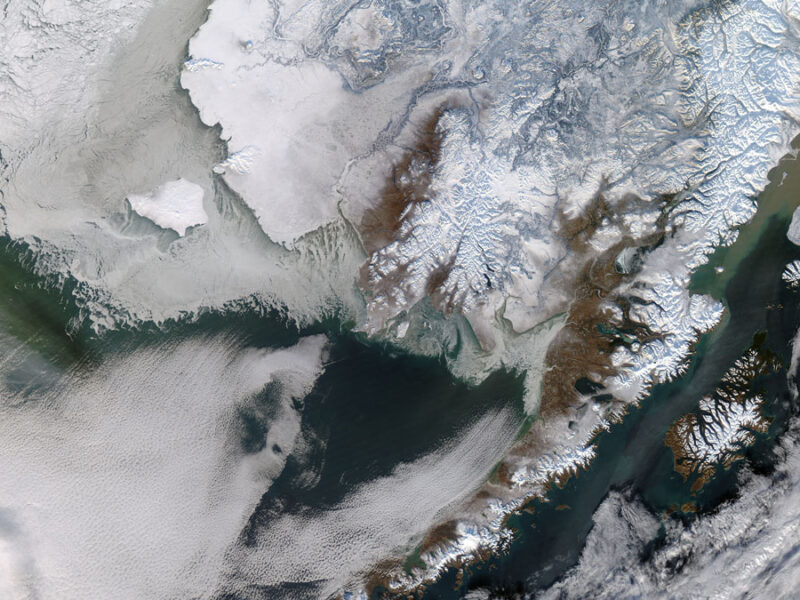
Researchers are blending Indigenous Knowledges with climate models to describe shifts in snow and ice.

Even though trees help keep children safe from the Sun, some school districts have lost 25% of their tree canopy in just 4 years.

Seasonal rainfall and runoff of sediments from the Hawaiian Islands could be responsible for the previously undetected peak.
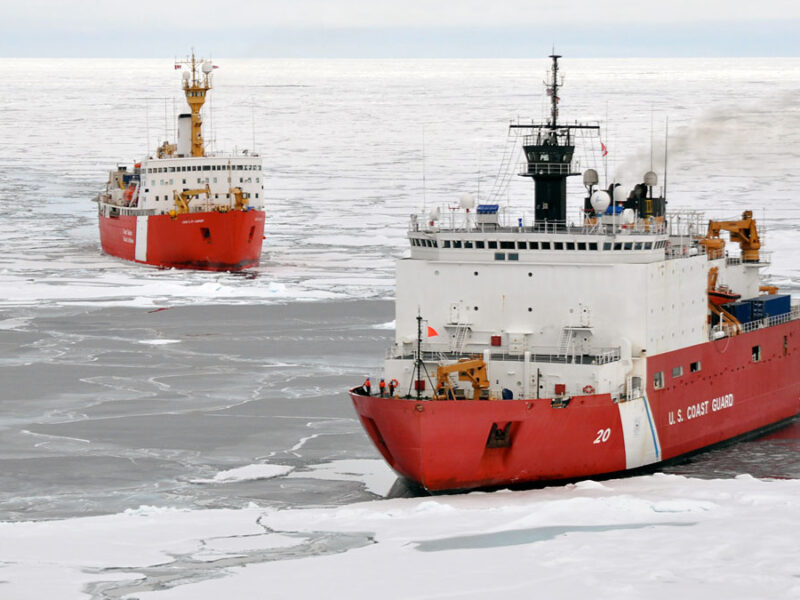
Centimeter-sized turbulence controls the rate at which the Arctic Ocean churns.
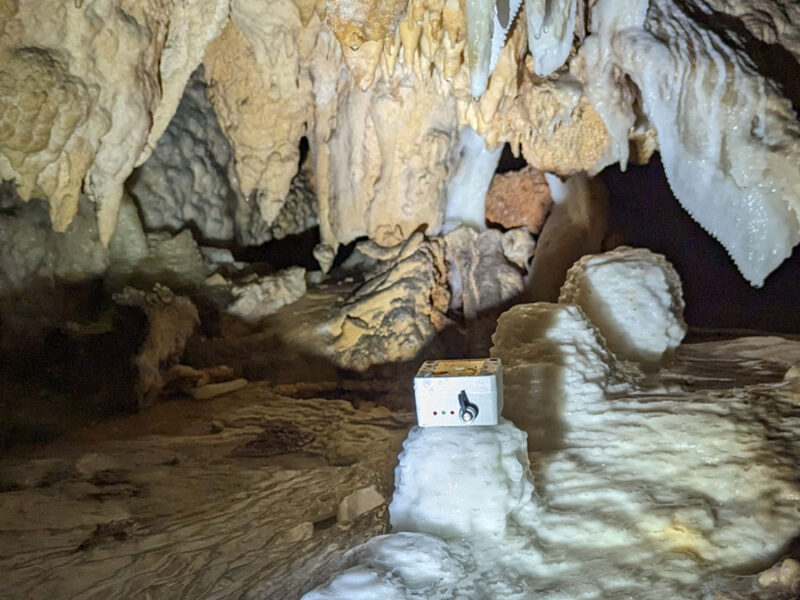
Counting drips in caves is helping to reveal how much precipitation is needed to start refilling underground aquifers.
Something went wrong. Please refresh the page and/or try again.